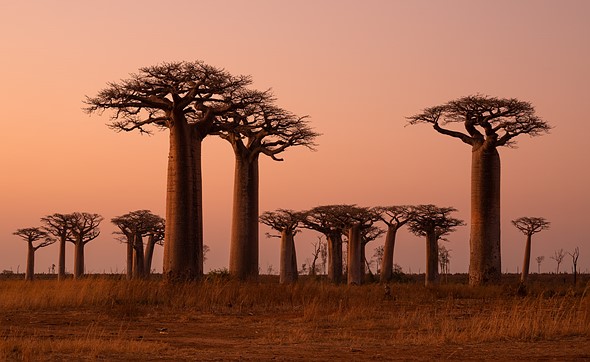
 |
Madagascar. A huge, wild, faraway Island. Even mentioning its name provokes an exotic, exciting feeling in my soul. I had wanted to visit Madagascar for many years before finally realizing my plans in 2022. It was one of the most wonderful trips I’ve done in recent years, one that stayed with me for a while. It included many adventures, diverse and exciting locations, new experiences and a heck of a lot of photography. Enough photography to be interesting (in my opinion, at least) even for the general photography crowd, not to mention nature photographers.
 |
Madagascar may not be a beginner’s destination in the sense that it poses some challenges to the traveler. My scouting trip included extremely long drives (one of them two days in total, during which we had to sleep in a guest house surrounded by a very tall metal wall…).
In some locations, sleeping conditions aren’t on par with the expectations of the typical western tourist. The already-poor country was also badly hit by COVID-19, which left some of its better hotels permanently closed. It is currently recuperating and reinstating the tourism infrastructure, domestic flight schedule and higher-tier accommodation possibilities.
While it has more than its fair share of domestic problems, Madagascar is an absolute heaven for wildlife and landscape enthusiasts. In this series of articles, I’d like to tell you the story of my scouting trip to this magical island. I hope it gives you new insights and information about its sheer natural diversity and triggers your interest in visiting. While a Madagascar trip is not always easy or comfortable, it is extremely worth it for the adventurous soul.
 |
Without further ado, let’s move on to my first stop on the trip: Andasibe-Mantadia National Park. Andasibe Park is located about 150 km (3-4 hours) east of Madagascar’s capital of Antananarivo, near the small village of Andasibe. It consists mostly of a vast rain-forest, which is habitat to numerous species, many of them endemic, rare and endangered, among which 11 lemur species, including brown lemurs, Diademed sifaka lemur, wooly lemur and others. There are several chameleon species and numerous bird and insect species. Andasibe is especially known for its population of the largest lemur species, the Indri Indri.
In general, lemurs are quite hard to photograph. They are energetic, move around quickly and often, and are increasingly reluctant to get close to humans since feedings are being phased out (a wonderful thing in any other respect). They live in dense forests, so good viewings and compositions are few and far between. The photographer often has to chase the animal as it moves through the canopy, which can be challenging and exhausting, especially in the wet, muddy, humid environment. I got back to the lodge absolutely dirty with mud and plant material from head to toe every day.
 |
|
An adult Indri Indri in the rain. Canon 5D4, Sigma 150-600mm F5-6.3 |
Indri Indri (locally called Babakutu, which may be translated as “father of a little boy”) is a diurnal tree-dwelling lemur. It lives in family groups, feeding mainly on leaves but also seeds, fruits and flowers. Photographically, the Indri Indri is a wonderful subject. The black and white fur (with hints of brown and grey) is starkly contrasted by its beautiful, large green eyes (and by the colors of its forest habitat). It is also very loud and often bursts into song, allowing easier detection and photography of the singing itself.
The only photographic disadvantage is that it chooses to stay high up in the canopy most of the time (other than when going to the toilet), which can harm the shooting angle; remember, as wildlife photographers, we usually prefer an eye-level vantage point. When you see an image of an Indri Indri at eye level, chances are it was shot during human feeding, which should be avoided and discouraged.
Besides the Indri Indri, there are several other beautiful lemur species in Andasibe.
Malagasy chameleons are known for their striking colorations. I shot several species of chameleons on the trip, but the most beautiful one was the male Parson’s chameleon, whose coloration was especially vibrant and eye-pleasing.
It’s interesting to note that the female Parson’s chameleon is comparatively dull in appearance. I guess the male is dressed to impress!
 |
|
A female Parson’s chameleon. Canon 5D4, Canon 70-300mm F4-5.6 |
In the next article in this series, I’ll talk about shooting the Red Tsingy, a man-induced beautiful natural phenomenon, which was the next stop on my Madagascar trip.
 |
Erez Marom is a professional nature photographer, photography guide and traveler based in Israel. You can follow Erez’s work on Instagram and Facebook, and subscribe to his mailing list for updates and to his YouTube channel.
If you’d like to experience and shoot some of the world’s most fascinating landscapes with Erez as your guide, take a look at his unique photography workshops in Svalbard, Greenland, Madagascar, the Lofoten Islands, Namibia and Vietnam.
Erez also offers video tutorials discussing his images and explaining how he achieved them.
Selected Articles by Erez Marom:














